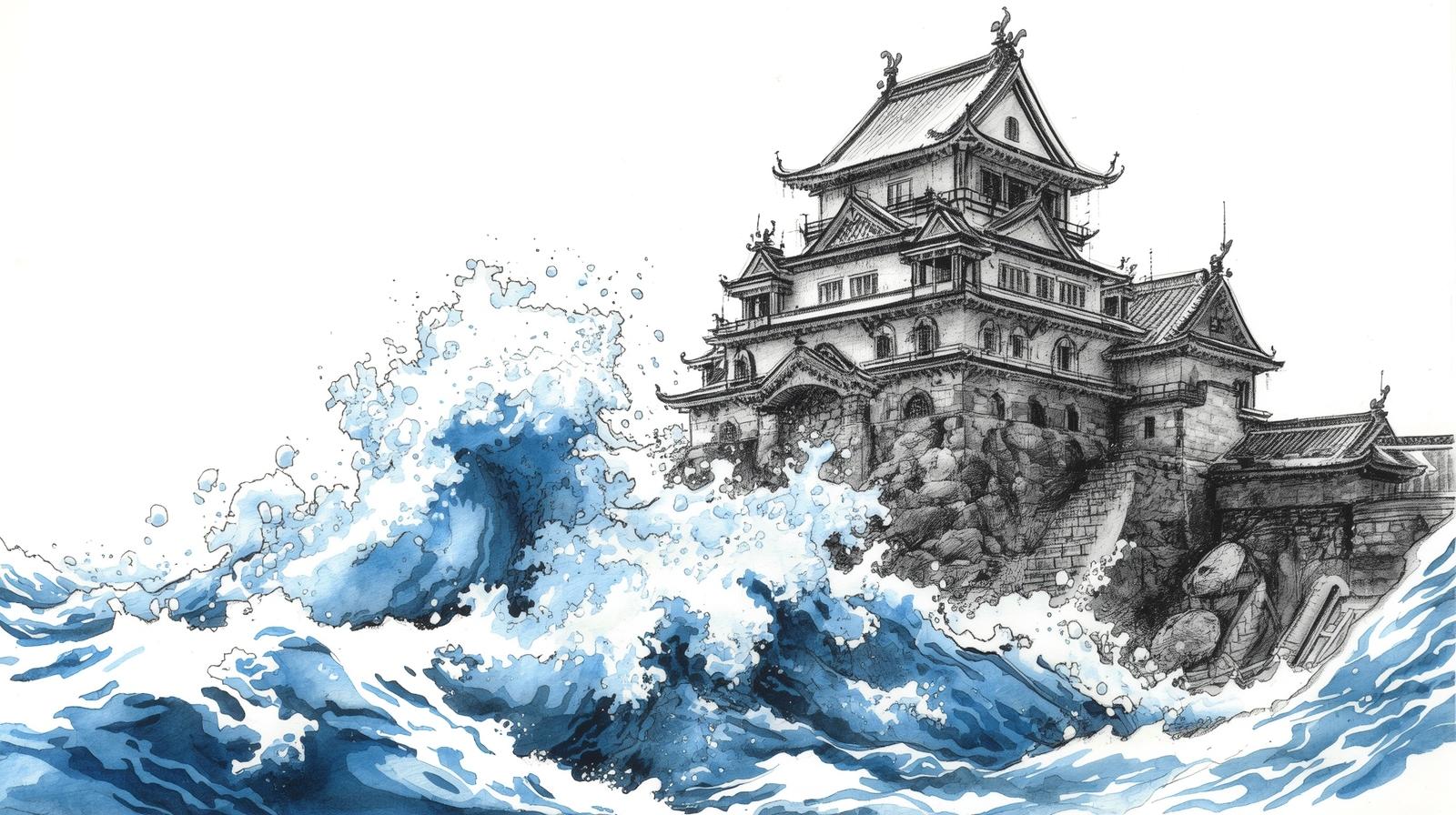Introduction
Did you know that a Japanese samurai once defeated a castle not with swords, but with water?
In the late 1500s, Toyotomi Hideyoshi used a bold tactic called the “water siege.” He diverted rivers to flood his enemy’s fortress, cutting them off from supplies until they surrendered.
Today, the United States uses a similar idea in global finance: Strategic Isolation. By blocking access to the dollar system and international markets, America forces opponents into economic surrender.
What is Strategic Isolation?
Strategic Isolation means forcing an enemy into weakness by cutting off their connections rather than attacking them directly.
- In war: stop food, water, or reinforcements.
- In finance: stop access to dollars, trade, or capital markets.
This method uses environment and control, not brute force, to achieve victory.
Hideyoshi’s Water Siege
In 1582, Hideyoshi faced Bitchu Takamatsu Castle in western Japan. The fortress was strong and hard to capture by direct attack.
Instead of storming the walls, Hideyoshi built a massive dam to redirect a river. The water rose around the castle, isolating the defenders.
- Supplies could not get in.
- Soldiers could not escape.
- The castle was forced to surrender without a major battle.
It was a masterpiece of strategic isolation in military history.
America’s Use of Strategic Isolation in Finance
Centuries later, the same principle appears in global economics. The United States practices Strategic Isolation through financial power:
- Dollar Weaponization
- Most global trade uses the U.S. dollar.
- Blocking access to dollar transactions is like cutting off oxygen for an economy.
- Sanctions
- Countries like Iran or Russia have faced sanctions.
- These sanctions exclude them from global banking networks such as SWIFT.
- Capital Market Exclusion
- Banning companies or nations from U.S. markets prevents them from raising money.
- This isolates them financially, just like a castle surrounded by water.
The Common Lesson: Isolation Wins
Both Hideyoshi and America show that isolation can defeat strength without direct confrontation.
- Hideyoshi used rivers.
- America uses dollars.
- The goal is the same: cut the enemy off until survival is impossible.
Why It Matters for Investors
For individual investors, this lesson is clear:
- Always watch liquidity and access to markets.
- Crises often begin not with direct losses, but with isolation from cash or credit.
- Understanding Strategic Isolation helps protect assets in uncertain times.
Conclusion
From a flooded castle in Japan to financial sanctions in the 21st century, Strategic Isolation proves that victory often comes from cutting connections, not direct force.
History and finance may seem different, but the strategy is timeless: control the flow, control the outcome.
Follow us on X for daily Samurai & Personal Finance insights → @zenfinance1101



Comments